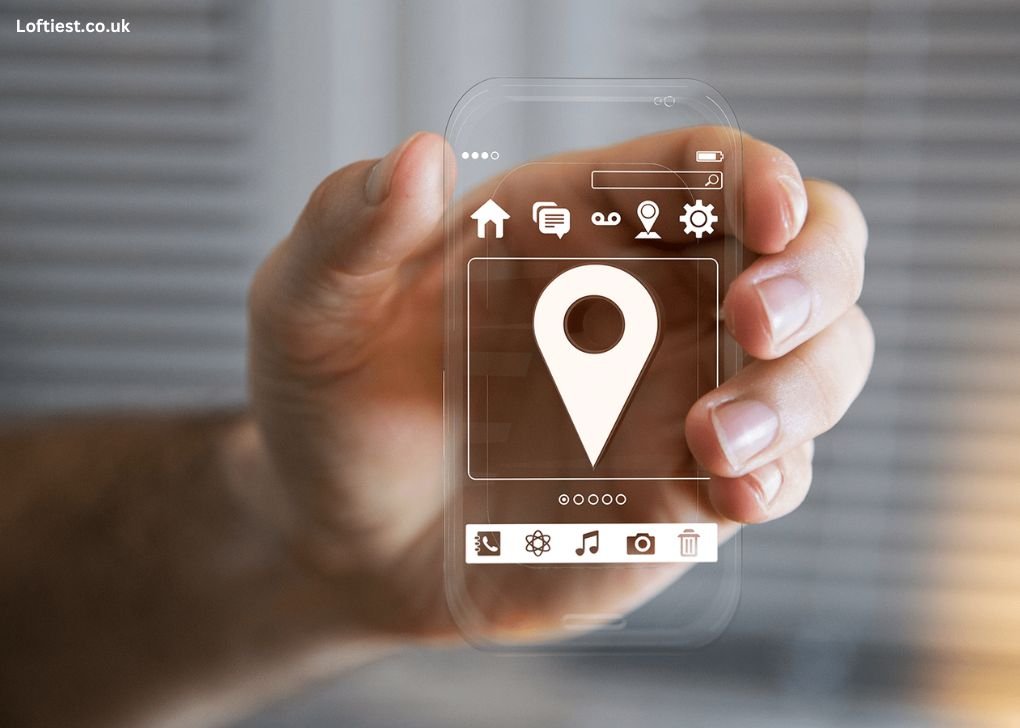Hyperlocal social media marketing is a strategy that targets specific geographic areas, such as neighborhoods or small towns, to promote businesses and engage with local communities. This approach has become increasingly popular as social media has become an essential part of people’s daily lives. Hyperlocal social media marketing is a powerful tool that can help businesses increase their visibility and attract new customers. In this blog, we will explore the six types of hyperlocal social media marketing strategies that businesses can use to boost their local presence.
-
Geotargeted Advertising
Geotargeted advertising is a form of hyperlocal social media marketing that uses location-based targeting to reach potential customers. This strategy involves displaying ads to people within a specific geographic area, such as a neighborhood or city. By targeting people in a specific location, businesses can ensure that their ads are seen by people who are more likely to be interested in their products or services.
Platforms such as Facebook, Instagram, and Google AdWords offer geotargeted advertising options that allow businesses to target potential customers based on their location. For example, a local coffee shop could create a Facebook ad campaign that targets people within a certain radius of their store. This strategy can be very effective for businesses that want to attract customers who are in close proximity to their location.
-
Location-Based Social Media Marketing
Location-based social media marketing is a hyperlocal strategy that involves leveraging social media platforms to engage with customers in specific geographic areas. This can include creating location-based posts, using hashtags that are relevant to the area, and encouraging customers to share their experiences at your business on social media.
For example, a local restaurant could create a social media campaign that encourages customers to take pictures of their food and share them on Instagram using a specific hashtag. This strategy not only promotes the business but also creates a sense of community around it, as people share their experiences and connect with other customers in the area.
-
Influencer Marketing
Influencer marketing is a strategy that involves partnering with social media influencers to promote your business. This strategy can be particularly effective for hyperlocal social media marketing, as influencers often have a strong following in specific geographic areas.
For example, a local clothing store could partner with a fashion blogger who has a significant following in the area. The influencer could create social media posts that feature the store’s products and encourage their followers to visit the store. This can help increase the store’s visibility in the area and attract new customers.

-
Online Reviews and Ratings
Online reviews and ratings are a crucial part of hyperlocal social media marketing. Positive reviews and ratings can help businesses attract new customers and build trust in the community. Businesses should actively encourage customers to leave reviews on social media platforms such as Yelp, Google My Business, and Facebook.
Responding to reviews is also an important part of this strategy. Businesses should respond to both positive and negative reviews in a professional and courteous manner. This shows that the business values customer feedback and is committed to providing excellent service.
-
Community Engagement
Engaging with the local community is an important part of hyperlocal social media marketing. This can include participating in local events, sponsoring community initiatives, and sharing news and information about the area on social media.
For example, a local bank could sponsor a community event such as a charity walk or a food drive. The bank could then create social media posts that promote the event and encourage people to participate. This not only helps the bank build a positive reputation in the community but also creates opportunities for the bank to connect with potential customers.
-
Location-Based Mobile Apps
Location-based mobile apps, such as Foursquare and Yelp, can be a valuable tool for hyperlocal social media marketing. These apps allow businesses to create profiles that include information about their location, hours of operation, and reviews. Businesses can also use these apps to offer special promotions and discounts to customers who check in at their location. This can help incentivize customers to visit the business and increase their loyalty.
Conclusion
Hyperlocal social media marketing is an effective way for businesses to increase their visibility and engage with local communities. By leveraging geotargeted advertising, location-based social media marketing, influencer marketing, online reviews and ratings, community engagement, and location-based mobile apps, businesses can connect with potential customers in specific geographic areas and build a loyal customer base. It’s important for businesses to remember that hyperlocal social media marketing requires a targeted approach. They need to understand their audience and create content that resonates with them. By providing valuable information, engaging with customers, and offering promotions and discounts, businesses can successfully implement hyperlocal social media marketing strategies and achieve their marketing goals.
